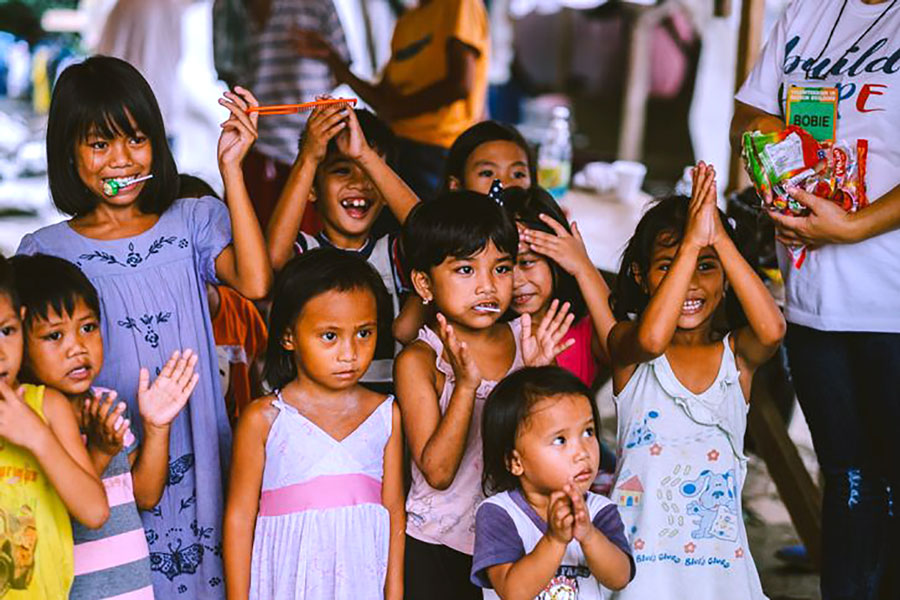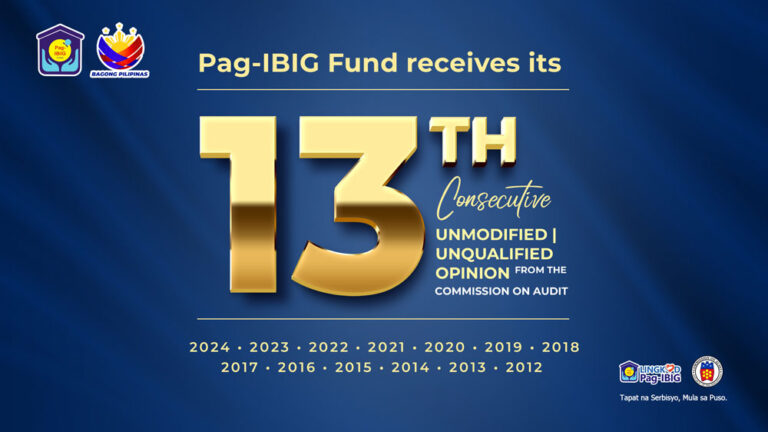
THE PERCENTAGE of Filipino families who consider themselves poor dropped to 42 percent in April, while those who identified as food-poor fell to 35 percent, according to the latest survey results released by OCTA Research on Friday.
The survey, conducted from April 10 to 16, showed that 42 percent of respondents, or about 11.1 million families, rated themselves as poor, reflecting an 8-point decline from 50 percent, or 13.2 million families, recorded in November 2024.
The reduction amounts to roughly 2.1 million fewer families who consider themselves poor.
Food poverty also showed a 14-point drop, with 35 percent of respondents, or about 9.2 million households, saying they struggled to afford a sufficient and healthy diet.
In the previous quarter, 49 percent, or approximately 12.9 million families, identified as food-poor.
“The decline translates to approximately 3.7 million fewer families experiencing food poverty,” OCTA said.
OCTA noted that across major areas, Mindanao has the highest percentage of adult Filipinos who consider their families poor at 61 percent, closely followed by the Visayas at 60 percent.
In terms of socioeconomic classes, Class E, or the lowest-income group, exhibited the highest percentage of adult Filipinos who consider their families poor, at 69 percent.
For food poverty, Mindanao recorded the highest rate at 63 percent, while the lowest was recorded in Metro Manila at 14 percent.
Among economic classes, 64 percent of Class E families considered themselves food-poor, compared to 32 percent in Class D and 22 percent in Class ABC.
The survey was carried out through face-to-face interviews with 1,200 respondents nationwide with a margin of ±3 percent margin of error at a 95 percent confidence level. (Filane Mikee Cervantes)



